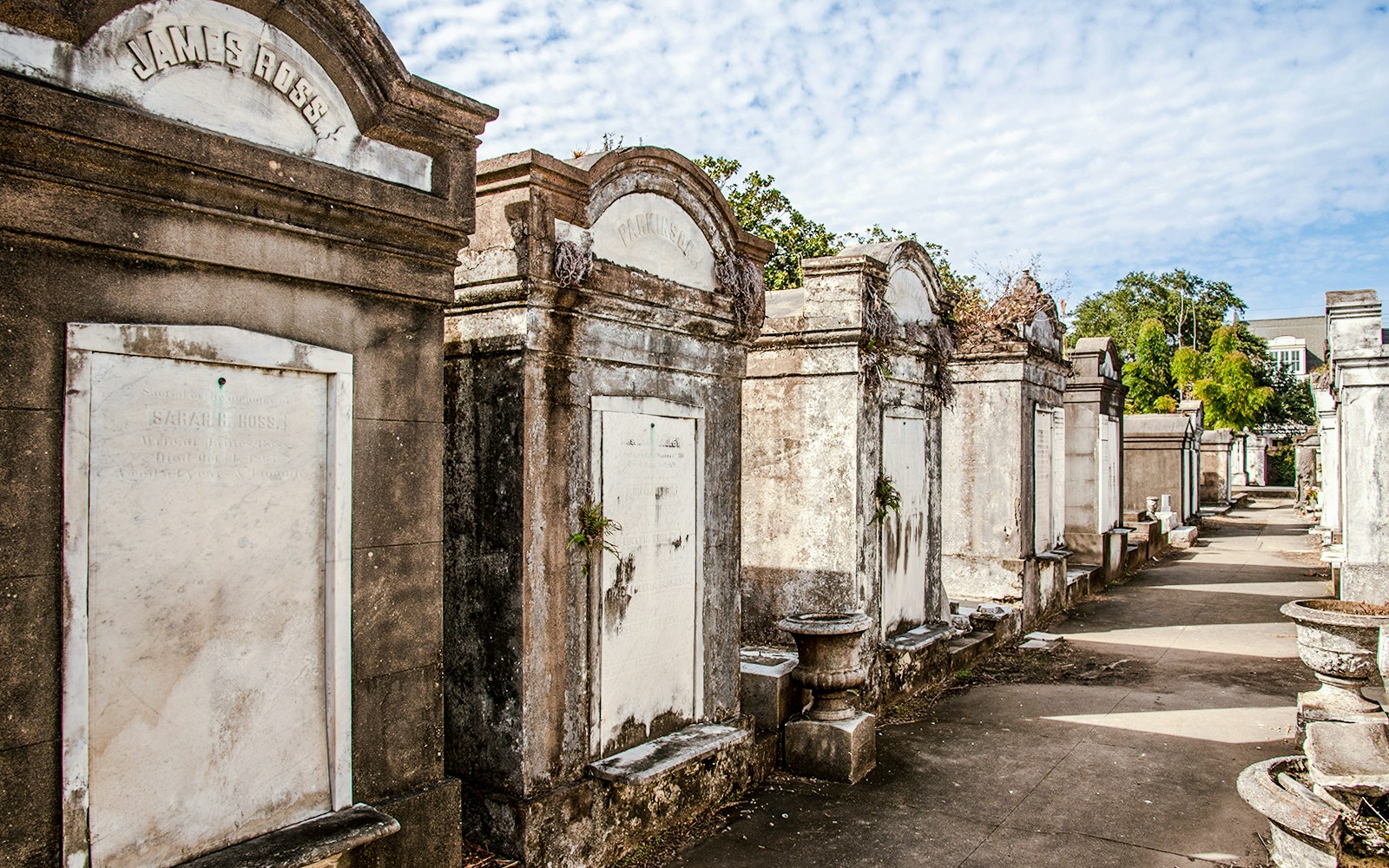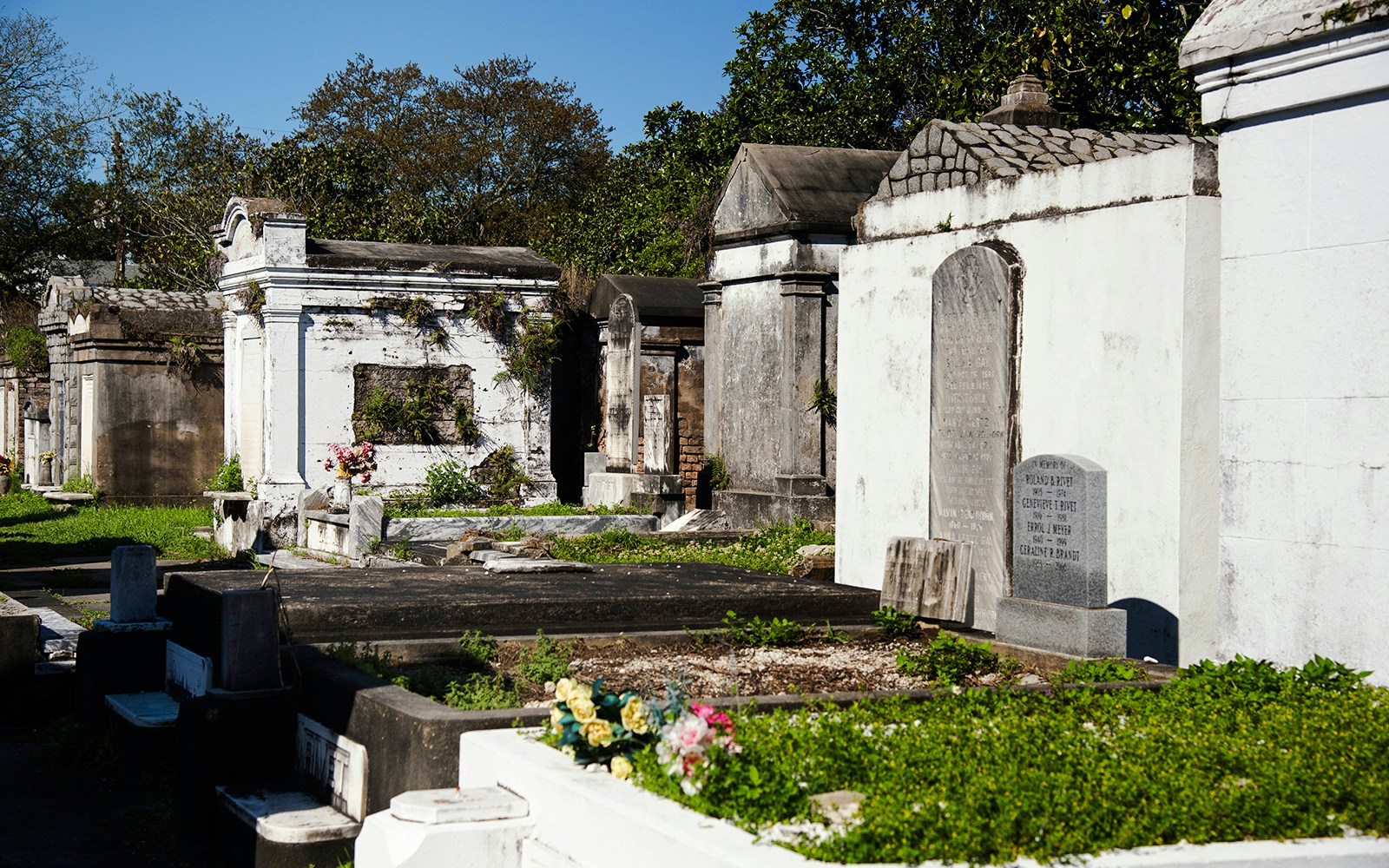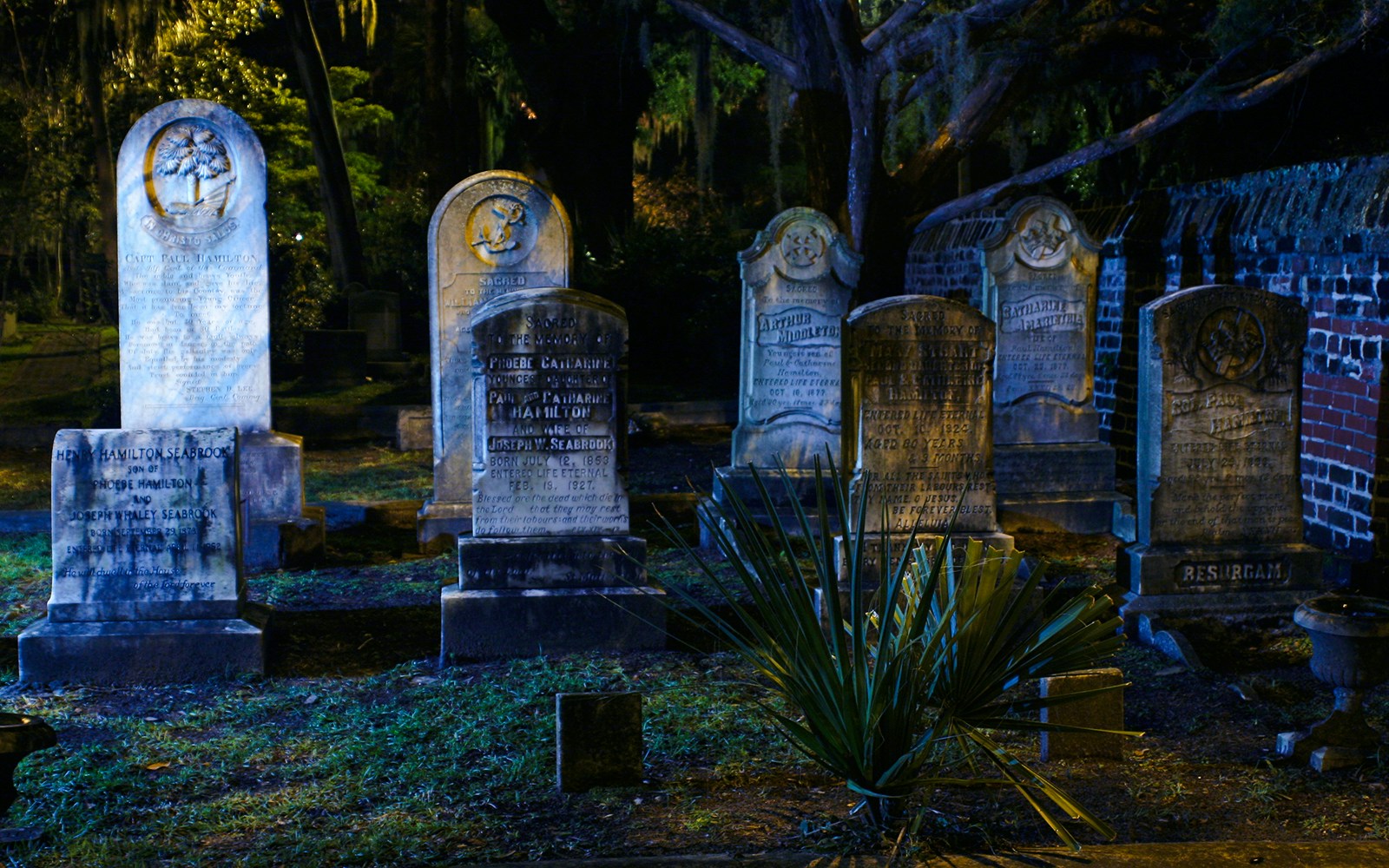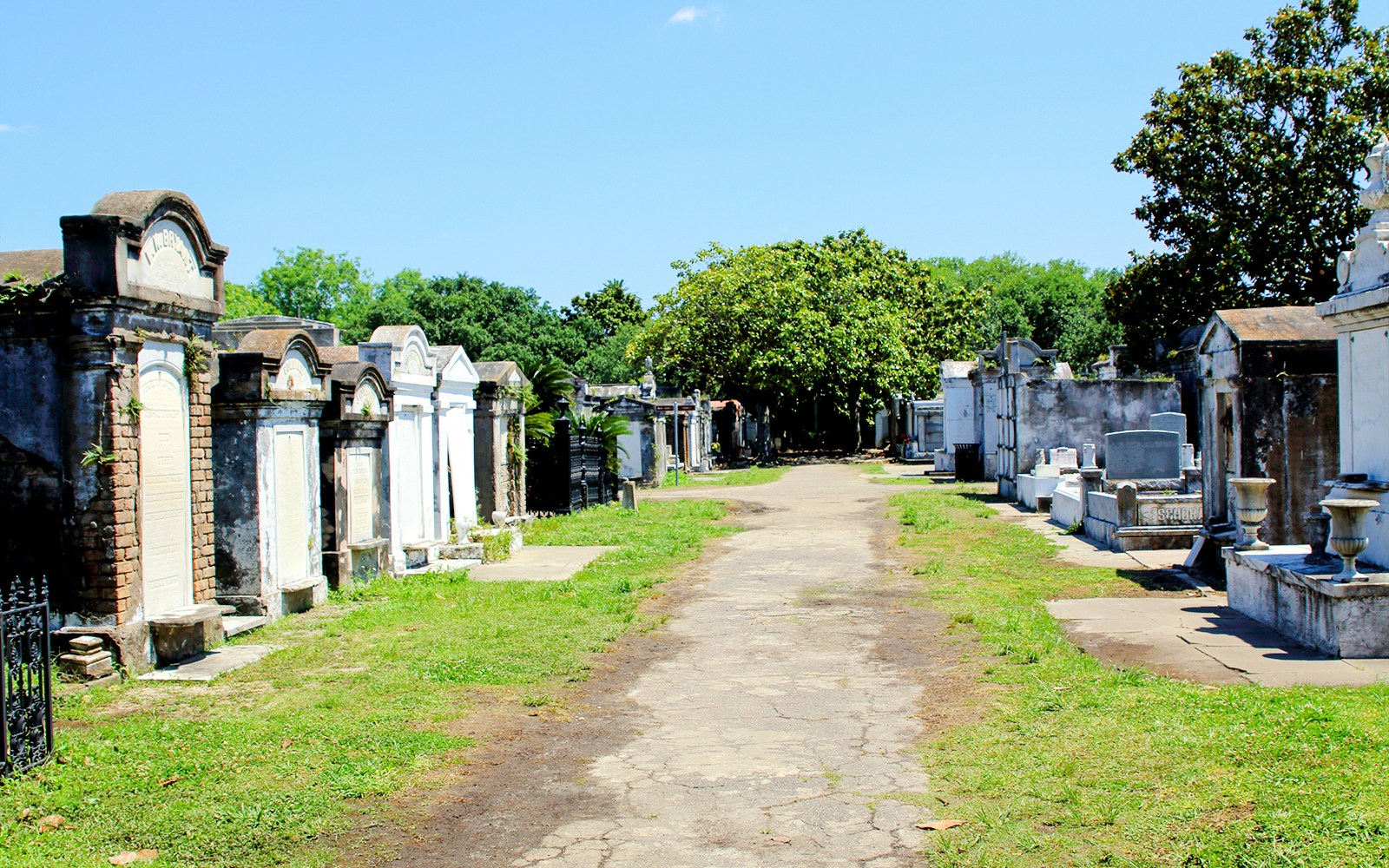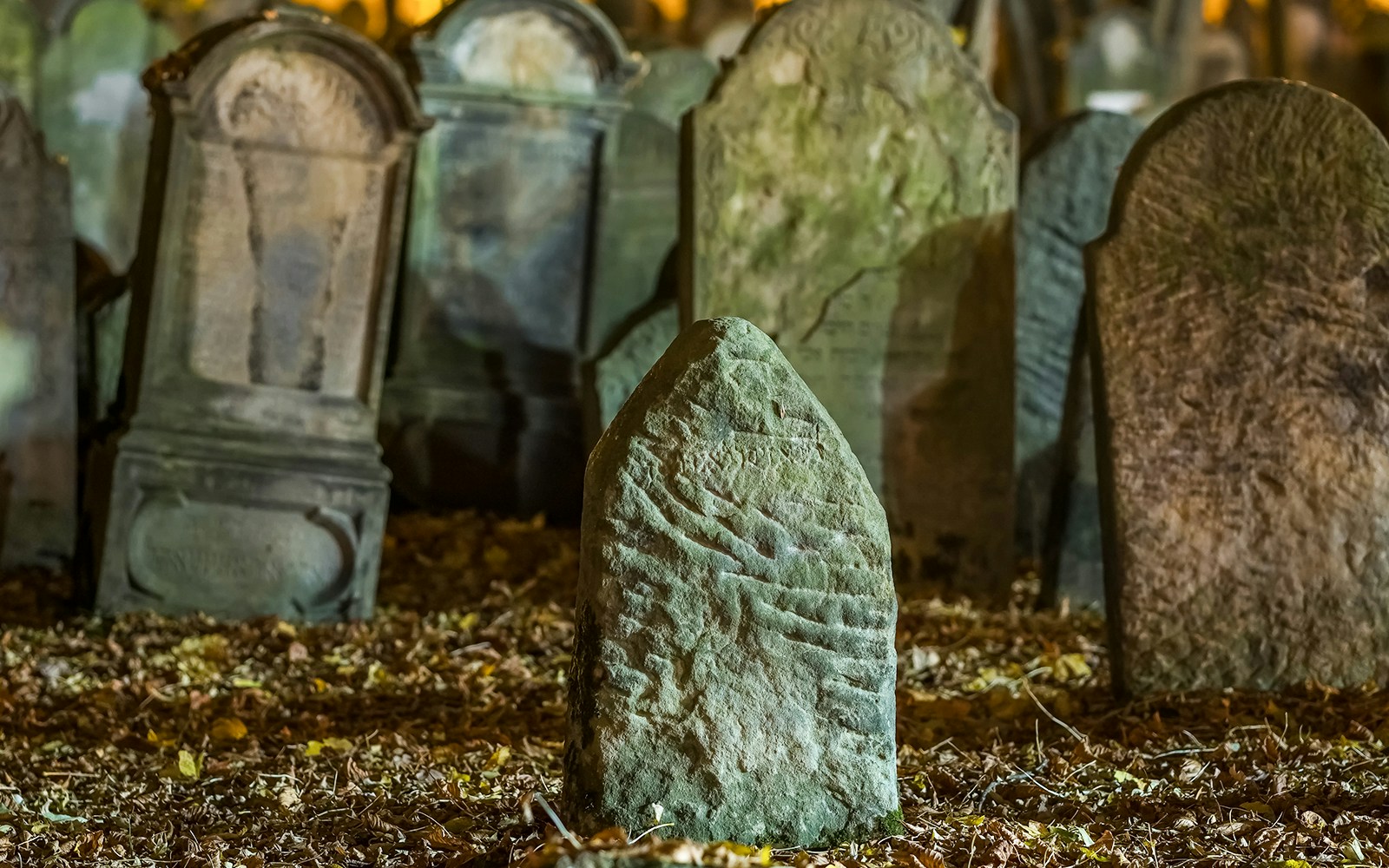Why Lafayette Cemetery is so famous
Lafayette Cemetery is one of the most iconic and historically significant burial grounds in New Orleans. Established in 1833, it stands out for its distinctive above-ground tombs, a unique practice shaped by the city’s high water table. The cemetery’s intricate family vaults, wrought-iron fences, and timeworn marble epitaphs reflect the city’s multicultural heritage, with many tombs belonging to Irish, German, and Creole families.
What truly makes Lafayette Cemetery famous is how it blends history, architecture, and legend. It has served as a backdrop for numerous films, novels, and TV series, giving it a pop-culture mystique. Unlike some cemeteries that feel forgotten, Lafayette exudes a quiet, haunting beauty that draws in history enthusiasts and curious travelers alike. It’s also rumored to be one of the more spiritually active sites in the city, often featured on ghost and history tours. This balance of fact, folklore, and architectural charm is what keeps visitors coming back year after year.



